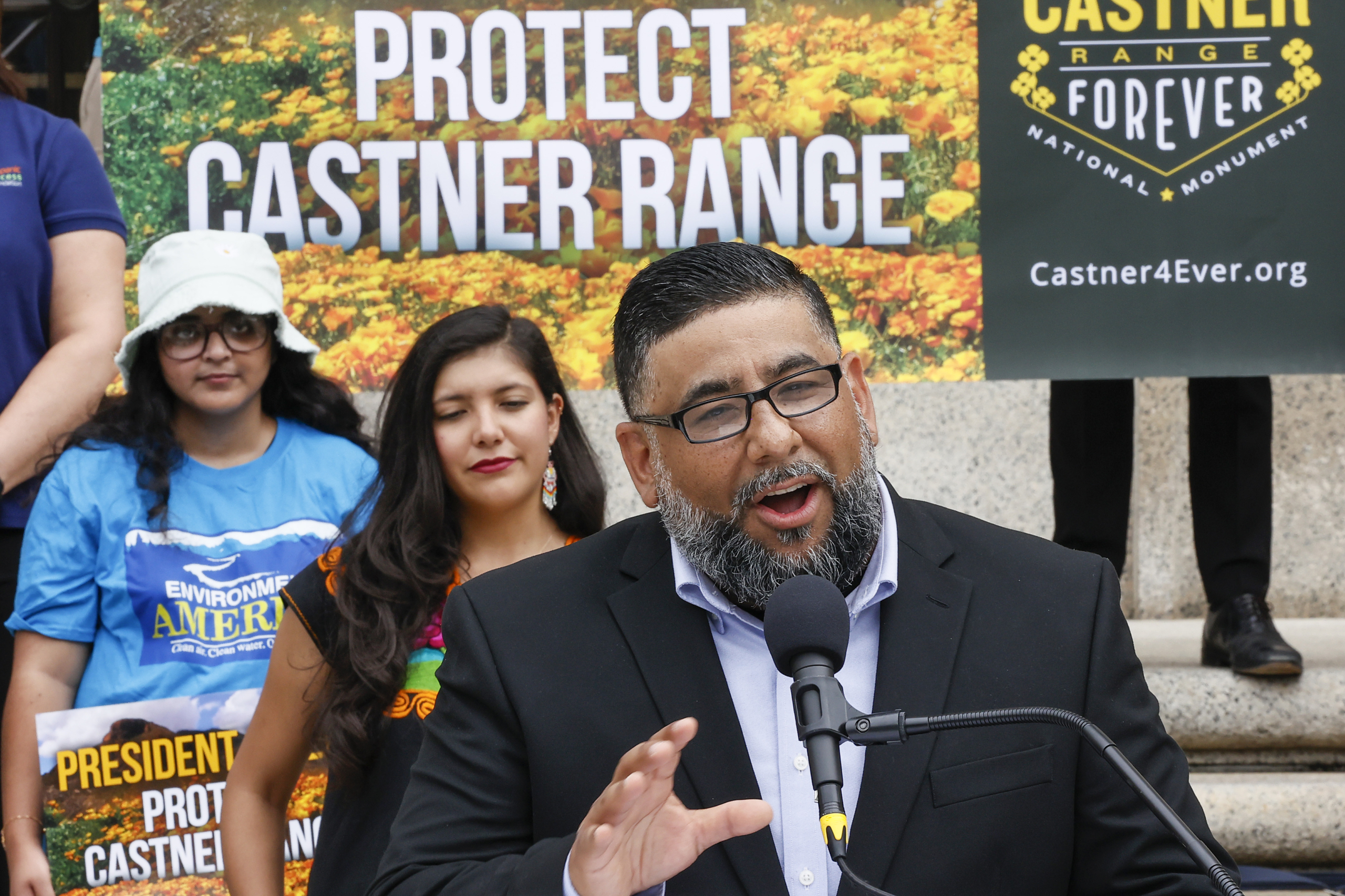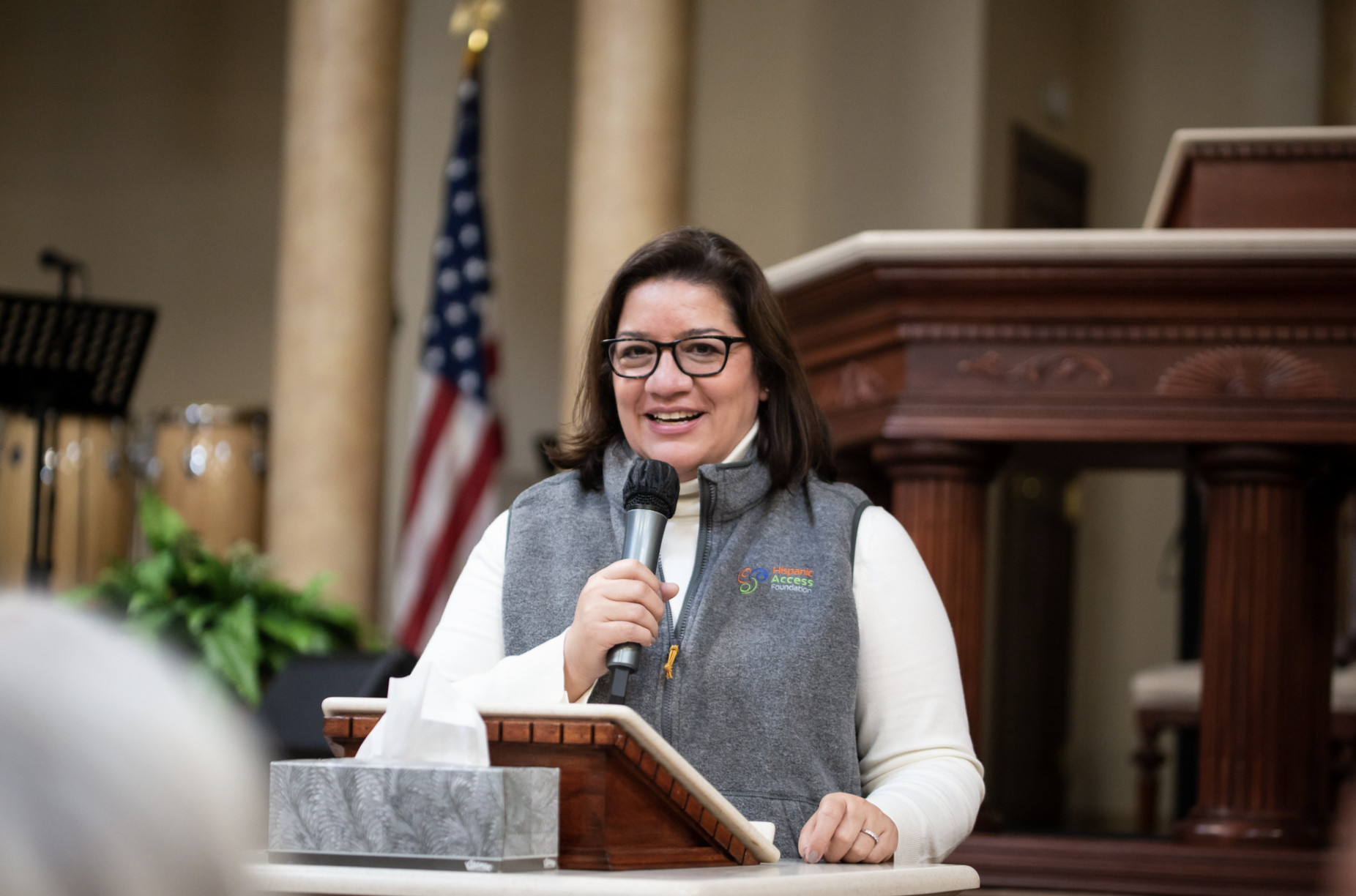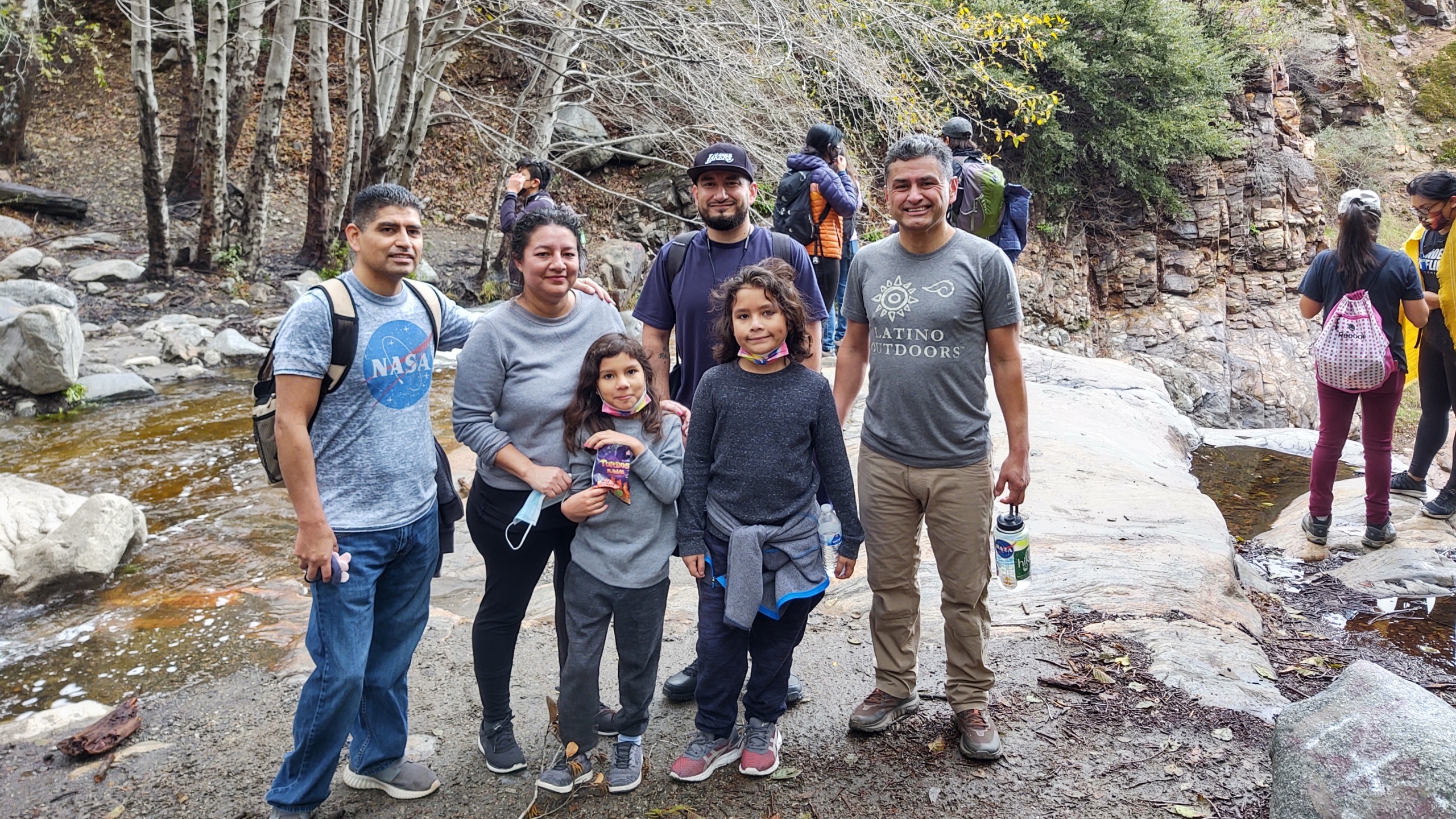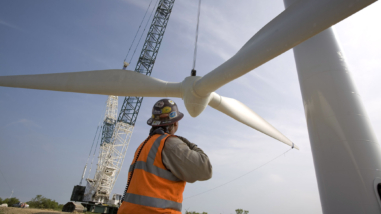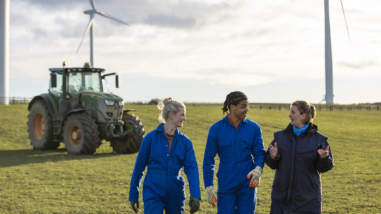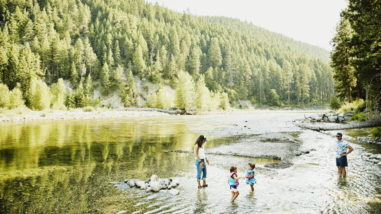Latino leaders on the power of community-led conservation
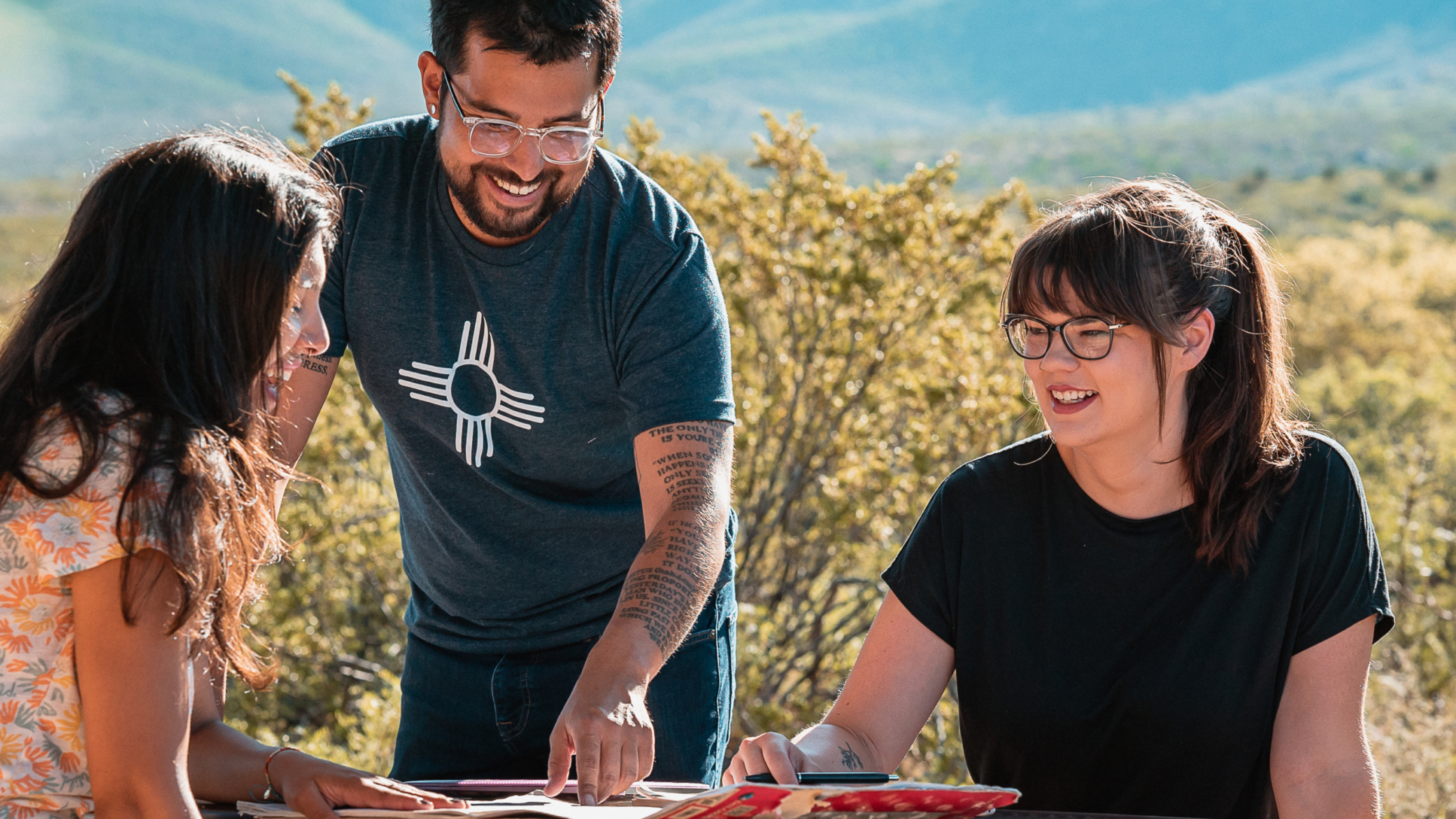
Since its founding in 2010, Hispanic Access Foundation has built the nationwide Hispanic Leadership Network and the Por la Creación Faith-Based Alliance, supporting members with tools such as its annual policy toolkit, which equips the public and decisionmakers with the latest polling data and policy research on conservation issues. Hispanic Access Foundation is also the force behind Latino Conservation Week, an annual event that brings Latinos together to elevate and celebrate conservation and which will mark its 10th anniversary in 2023. When asked about projects on the horizon, Maite Arce, the organization’s president and CEO, points to plans to activate and train members of its leadership network, often the frontline stewards in the fight against climate change, for disaster preparedness and response, especially wildfire.
Arce notes that when we support Latino conservation leaders, the benefits ripple out far beyond local communities. “Latinos already overwhelmingly support protecting lands and waters and taking climate action now,” she says. “It’s in our nation’s best interest to make sure Latinos are not only engaged, but have leadership roles.”
At Nuestra Tierra Conservation Project, the team is led and staffed entirely by members of historically and deliberately excluded communities, and is working to ensure that members of frontera (border) communities not only have access to the outdoors, but are able to meaningfully influence the management of public lands and waters. In just three years since incorporating as a 501(c)(3) nonprofit, the Nuestra Tierra team and its partners helped to establish the New Mexico Outdoor Equity Fund, a $3 million state fund that awards grants to outdoor access programs serving low-income and underserved youth. The program is the first of its kind in the nation. Also at the federal level, the Nuestra Tierra team collaborates with the racially and ethnically diverse Monumental SHIFT coalition, supporting the creation of new national monuments that genuinely represent and honor lands sacred to the communities they belong to, such as the beloved Castner Range.
“This is what the 21st century of conservation looks like,” says Ángel Peña, Nuestra Tierra’s executive director. “A movement rooted in culture and tradition, not one that only prioritizes charismatic flora and megafauna (e.g., polar bears).”
Peña of Nuestra Tierra agrees. And he points out that community-building is not simply an outgrowth of working together, but decidedly intentional. “Relationships are central, and a critical part of the strategy,” he says. “When we prioritize the cultivation of community, and bring people together, once those authentic relations are built, everything is workable. That’s when we are able to stay focused on the empowerment of the community and not lose sight of the true goal.”
One way philanthropies like the Hewlett Foundation can support this work is by recognizing the importance of relationship-driven, community-led conservation efforts, like the El Pasoans coming together to conserve the Castner Range. “I am excited that I see a future where new campaigns are developing from the grassroots up, which is different from the past, in many cases,” says Arce. “We want sustainable results and continuous community-led efforts. It can only happen when we provide appropriate resources.”
It will also be essential to support efforts to promote justice and equity within philanthropy, and across the environmental movement. That takes time and patience. “These inequities have been happening for centuries,” says Peña. “So it can’t be expected that these issues will be resolved in any one-off attempt. This work must be founded in a long-term strategy. It’s not just checking a box. We’ve got to be able to raise our gaze and reenvision and re-imagine the 21st century of conservation.”
In speaking with these leaders, I was again reminded that the challenges posed by climate change and the biodiversity crises require us to broaden our perspectives and support. And that our grantee partners — working in partnership with communities across the U.S. — must lead the way in helping to reshape how the conservation movement can go about preserving our lands, rivers, and wildlife.
“At the end of the day, we know that in order to address global society’s environmental challenges we’ll need all hands on deck,” says Villa, “bringing as many people, as diverse a number of communities as possible, so that we can come up with the different solutions to address these challenges. The urgency is becoming greater and greater by the moment. And we need to engage as many diverse communities as possible in this movement.”

